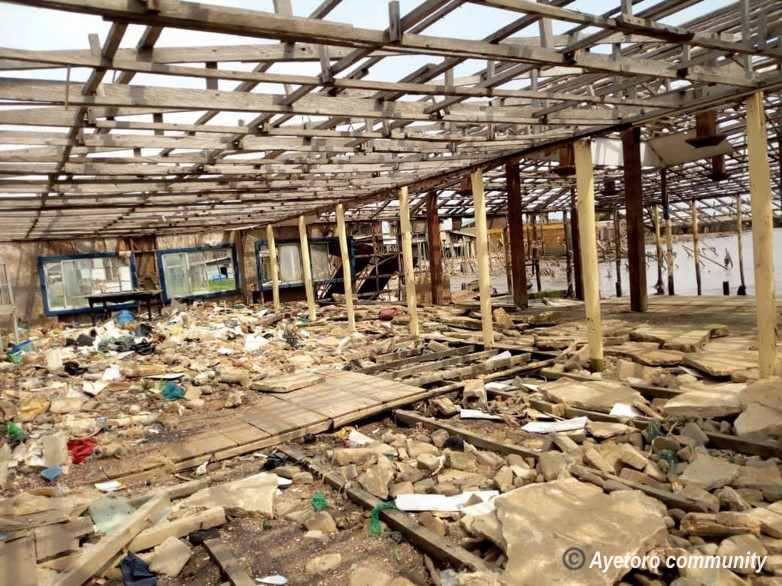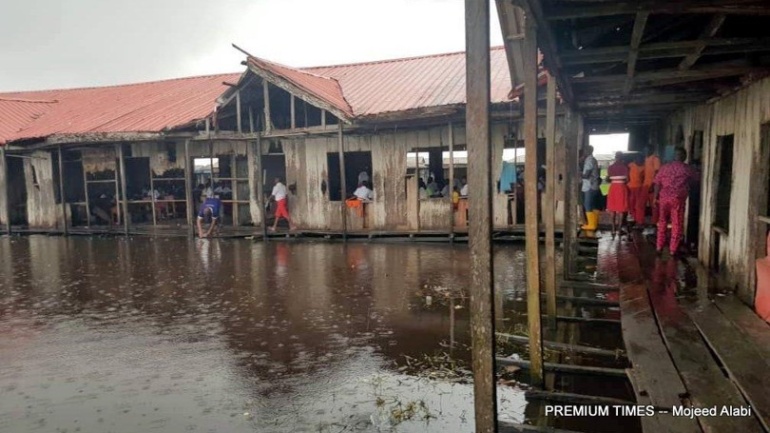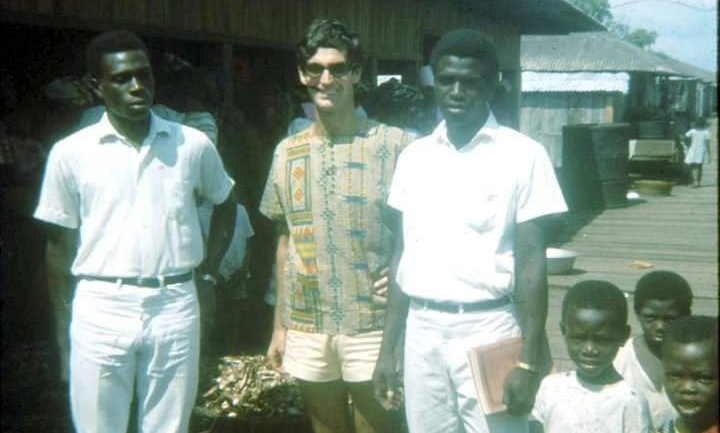Life in Ayetoro has always been tied to the sea. Since the community’s founding in 1947, the Atlantic has provided fish for food, water for transport, and a horizon that inspired courage and faith. But in recent decades, the sea that once sustained has also become a threat. Erosion has crept steadily into the heart of the “Happy City,” swallowing homes, streets, and memories.
When the Sea Drew Closer
How strong is your museum’s website as part of the whole offer? Does it reflect your identity as an organisation? Does it appeal to your visitors? What does it really need? Are there trends to pay attention to? Others toIn the early years, Broad Street was lined with well-built homes, cooperative shops, and the palace that symbolised Aiyetoro’s prosperity. Children played barefoot on sandy lanes, while women spread smoked fish under the sun. The sea was a friend that lived at a distance.
But from the 1980s onward, storms began to change the shoreline. Waves grew stronger. Each rainy season, water pushed further inland. By the 2000s, entire streets had been claimed. Schools and businesses disappeared beneath the tides, leaving families to watch as their history was washed away.
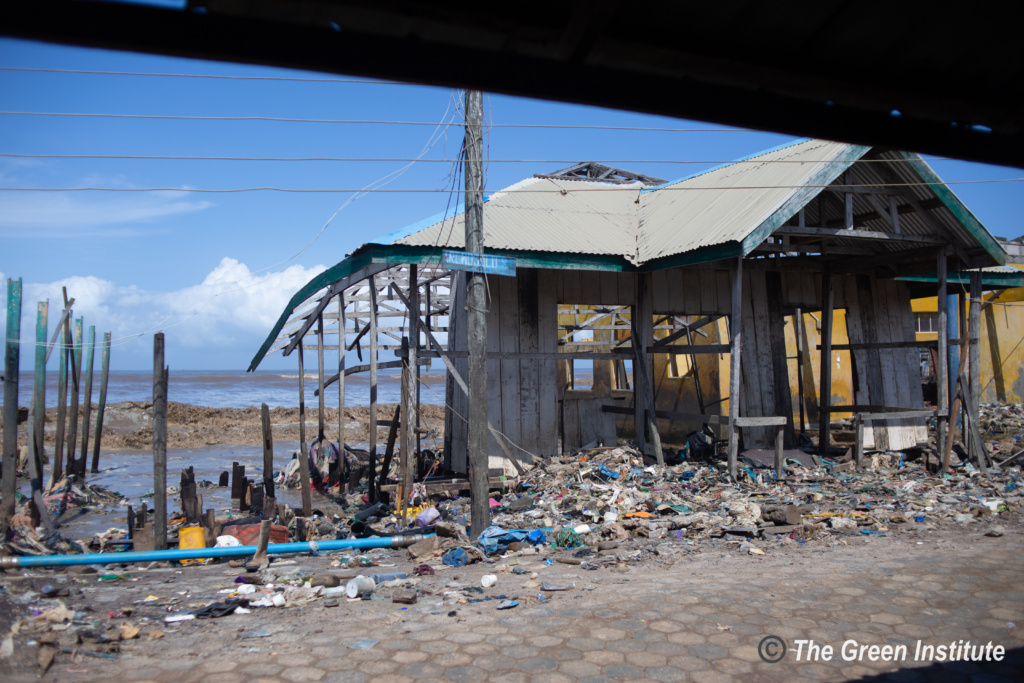
The Cost of Loss
For many families, erosion meant more than the loss of property. It meant the breaking apart of memories—wedding houses destroyed, ancestral compounds gone, and once-thriving businesses reduced to ruins.
Yet, even in grief, the people of Ayetoro refused to surrender their identity. Each setback became a lesson in resilience. Families shifted further inland, rebuilding with what materials they could gather. Fishermen found new ways to dock their boats. Traders adapted their stalls to higher ground.
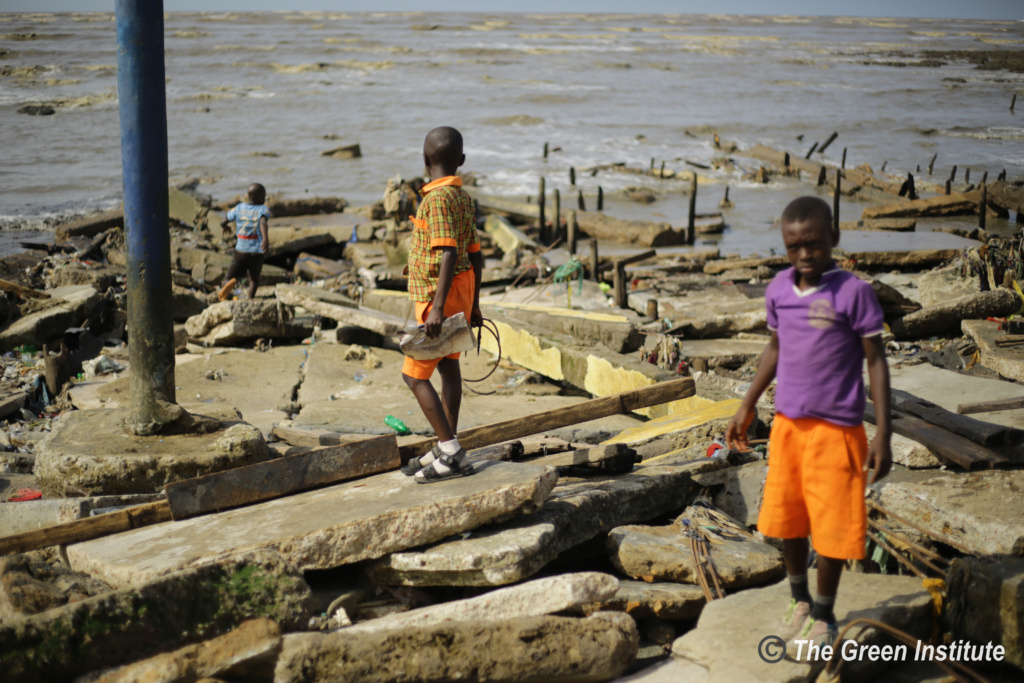
The Spirit of Resilience
The story of Ayetoro is not only about loss; it is about the courage to endure. Community members began gathering concrete from old factories, piling sandbags against the waves, and raising funds in churches for cement. These grassroots efforts birthed makeshift barriers and wave breakers—symbols of the people’s determination to protect what remained.
“The sea has taken much from us,” said one elder, “but it has not taken our will. We will always find a way to live with it, because Ayetoro was born by the sea, and it will not die by the sea.”
A Future at the Water’s Edge
Erosion remains a daily challenge. The palace, once the pride of the town, now stands as the last great monument of the 1960s, under constant threat from the encroaching waves. And yet, the people of Ayetoro continue to hope—for stronger interventions, for support from sons and daughters across the world, and for recognition of their resilience.
The story of Ayetoro is a story of struggle, but also of strength. It is a reminder that resilience is not the absence of hardship, but the decision to keep rising in the face of it. For Ayetoro, living with the sea is a fight, but it is also a testimony of faith, unity, and the unbreakable spirit of a coastal people.

